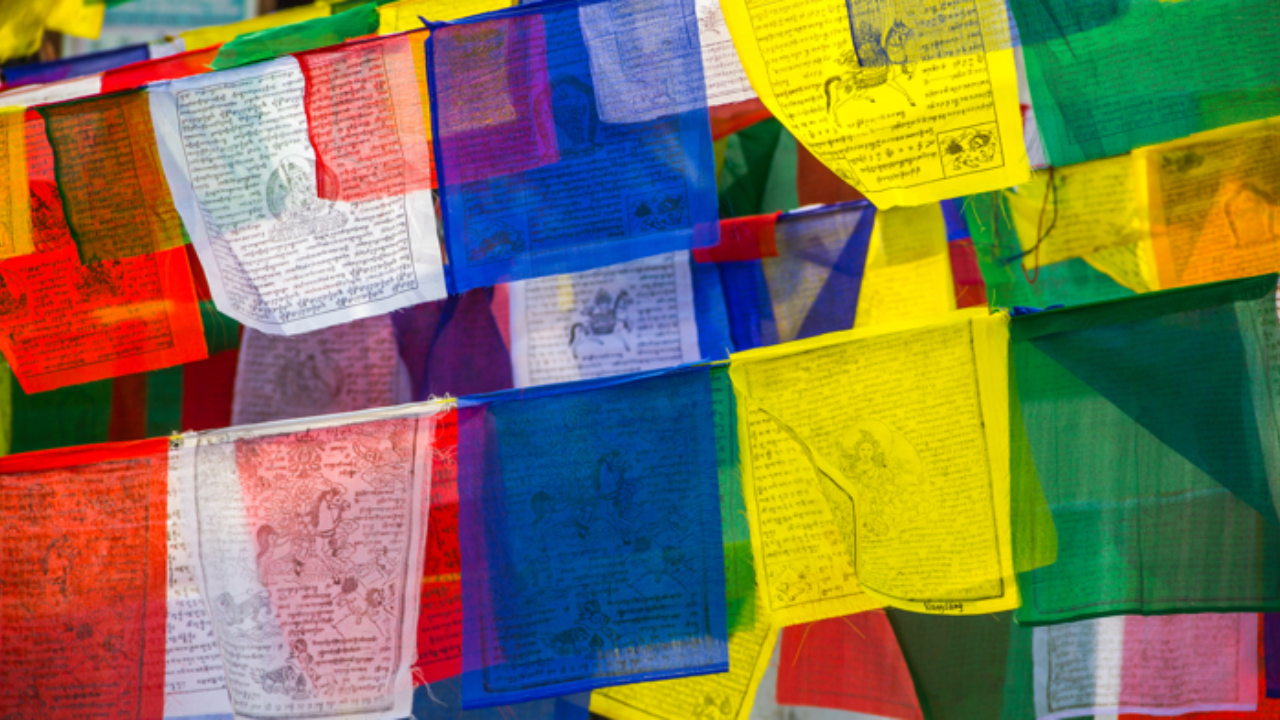The Future of Buddhism in the West

Written by David Nichtern
The essence of Buddhism, I think most Buddhists would agree, is to cultivate awareness and compassion and to explore our existence in an open and unbiased way. In some sense Buddhism has always been what we Westerners would consider a fusion of religion and science. There are no articles of faith, there is no dogma, nothing to believe without verification. Buddhism is considered a non-theistic tradition, and from that point of view it should mix well with scientific, technological and rationalist thought.
Over the past 50 years or so, the Buddhist teachings have taken root (to a certain extent) in our Western culture. Many great teachers have worked hard to translate these teachings and practices into English and European languages and into forms that are accessible to Western students. Within some Buddhist schools, on the other hand, the students have been required to learn the traditional forms in their original language and cultural setting.
The process of transplanting the Buddhist teachings in the West seems to have evolved in several different ways:
The traditional form is transplanted, takes root and grows (e.g., a Zen monastery in the West where the chants are recited in Japanese and to a large extent the original forms are copied precisely).
A hybrid plant, a mix of the original Asian culture and language and the “host” culture and language, grows. For example, the Shambhala Buddhist lineage (which I am part of) has mixed certain elements of Tibetan Buddhism and Bon with certain uplifted aspects of European and American traditions.
Complete transformation of the original traditions into Western modalities (e.g., well-being, medical, psychological, holistic, new age, healing, stress management, relaxation, mindfulness, etc.) where the language and cultural flavor is overwhelmingly Western with perhaps only a faint trace of the Asian traditions that perhaps inspired these approaches.
Despite exhortations of the Buddha himself and, in fact, many great Buddhist masters — that the student should verify everything that he or she learns based on direct personal experience — Asian Buddhism (or at the very least Tibetan Buddhism) evolved toward a very high degree of respect, devotion and even subservience to the teacher. This devotion is actually found in many other Asian teaching systems. It would not be unusual for a sitar student of a great Indian master to bow to her teacher and place the teacher’s feet on her own head, but it’s hard to visualize that happening at Juilliard or Berklee!
Despite their emphasis on encouraging critical intelligence and open exploration, most Buddhist teaching systems are autocratic and very much oriented toward the establishment of hierarchy and proper decorum in relating to that hierarchy.
In Vajrayana Buddhism, the guru is considered to be enlightened and equal in value to the Buddha — in some sense even more valuable than the Buddha because you have not had (nor will you have) the good fortune to meet the Buddha in person. The guru is completely identified with enlightenment, and his or her instructions are to be carefully followed.
At the same time, the guru is telling you to use your own intelligence to find out the truth. Even within the Asian Buddhist system this dichotomy can catalyze a creative tension in the student’s learning process, but mixed with our Western democratic bias, there can be at times an almost insurmountable dissonance in the student, who is now struggling to synchronize two very divergent leadership models, democracy and monarchy.
It might be too early to talk about “American Buddhism.” History tells us that it could take several hundred years to really have some perspective on this kind of evolution. But it is intriguing to look back over the last 50 years and also look at the current situation.
The fact is that many Western students who have moved into the teacher role within their Buddhist communities have been able to manifest as mentors, guides, teachers, or “spiritual friends” for newer students. It is safe to say that there are many very highly qualified Western dharma teachers serving in this capacity. But it is also worth noting that there are few who would make the claim to or would be acknowledged by others as having achieved the level of, the kind of mastery that would warrant the unflinching devotion, respect, and subservience that is directed at many of the Asian teachers. Just visualize a Western teacher sitting on a high brocade throne (upon which the Dalai Lama looks so natural to us), and everybody taking that in stride. It is still a difficult image to visualize for many of us.
Either the time has not yet come for Western Buddhist gurus to manifest fully, or we have a major culture clash on our hands here.

